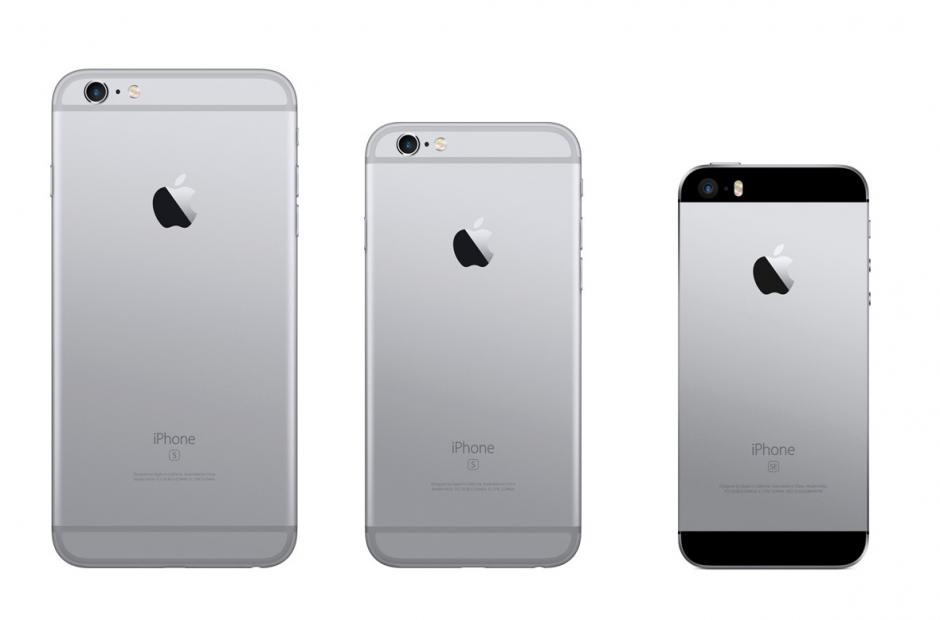5 Things You Need to Know When Buying a Refurbished iPhone

“No other phone is like iPhone”, nor is it that expensive. Yet, we all want one, and badly at that! Now, chances are you don’t have an extra kidney ready for sale idling around your fridge. Though, what you actually can do is get a refurbished iPhone instead of a brand new one. In essence, just because a phone was previously used doesn’t necessarily mean it’s not in good shape (apart from the normal wear and tear). Even if it has some repairs to be done, there are many budget-friendly websites like phonerepair.co.uk where you can get your iPhone repaired easily. You’d be surprised just how well people look after their most prized possessions; considering the price tag on the new iPhone XS, who can blame them? So, here are five things you need to know before going off to buy a refurbished iPhone on your own.
What exactly is a refurbished iPhone?
The term refurbished can mean a lot of things—hence why it’s so important to pin-point the exact meaning when it comes to mobile phone usage. In essence, a refurbished iPhone is a second-hand iPhone that’s in perfect working condition, tested and repaired by either the manufacturer or an independent trader. Usually, owners return their iPhones to the manufacturer to exchange it for a newer (more expensive) model. Consequently, why a lot of these used iPhones may look relatively new, but come without the original casing or accessories that go along with them. As for the signs of cosmetic damage, there are three categories you need to be aware of, and they, usually, go as follows:
- Grade A: Looks brand new. Neither the body nor the screen, have any signs of wear and tear
- Grade B: Light scratches or nicks on the back or sides. The screen in mint condition
- Grade C: Fully functional but with clear signs of wear
Where can you buy them?
When it comes to buying a refurbished Apple iPhone, you have plenty of options at your disposal, including:
- Buying it from your (local) Apple store — a 12-month warranty, with a brand-new outer shell and battery; albeit with limited discounts that may end up costing you the same as a brand-new iPhone.
- Buying it from a big retailer — also comes with a 12-month warranty, yet with better discounts than the manufacturer; though expect some signs of wear and tear as big stores tend not to replace the battery or the outer shell.
- Buying it off of your carrier — usually come with a mere 90-day warranty, discounts depend largely on whether it’s a newer or an older model, and it’s current condition; fully tested and repaired where necessary, come with a charger as well.
How much is it, really?
Now, the question we’ve all been waiting for: how much money can you actually save with a refurbished model? Well, it depends. You can roughly save around 15% to 80% of a new product’s retail price. For instance, for an Apple iPhone 7 Plus refurbished model you could probably get around 30–40% off. Now, if you don’t care about the latest models, or you simply want to get your hands on a secondary phone, you can get as much as 90% off if you go for an older model such as Apple’s iPhone 4s. As for MacBooks and iPads, you can generally save up to 20–40%; sometimes even 60% when they’re on sale. In the end, it mostly depends on what you’re looking for, and how well you look for it!
Check the iPhones IMEI number
When getting a refurbished iPhone, the last thing you want to do is buy a stolen phone. First of all, in most countries, this is considered a crime; second of all, you risk getting your phone locked—and thus rendering it useless—in the very near future. Now, seeing how this is probably one of the most common scams when it comes to buying a second-hand iPhone, you need to be extra careful. One way of tackling this problem is by checking the IMEI number—a unique number that can single out any particular phone. If theft is indeed the case, then the phone will be locked; and your SIM won’t work on a locked phone. So, make sure that the IMEI is not reported as lost or stolen; otherwise, you’re in for a surprise.
Check the warranty
Lastly, before you can become a proud iPhone owner, you need to double-check the warranty of your new toy. A one-year warranty is a standard for Apple products, yet if you’ve purchased your iPhone by other means you need to make sure it’s properly insured. For instance, a 12-month warranty with clear indications of who is responsible for the repairs—either the manufacturer, the trader, or the retailer—and a clear understanding of what is covered. Also, if by any chance your phone stops working, you want to know whether you can replace it or get a refund for it; just in case.
At the end of the day, you should treat a refurbished iPhone just like any other product you purchase. Check the battery and make sure it won’t run out the moment you leave the store; make sure all the hardware is intact and that there aren’t any serious malfunctions; check for scratches, nicks, and other minor cosmetic damage, and so on… You get the idea.